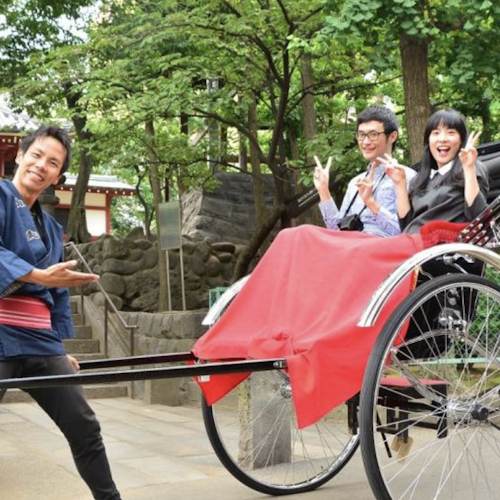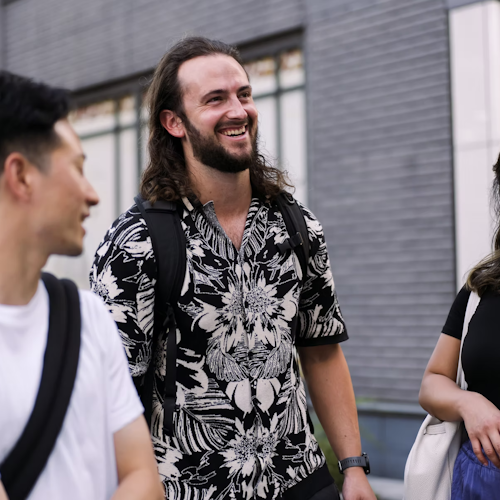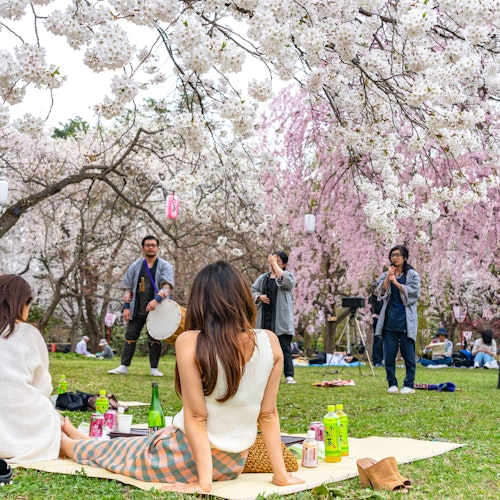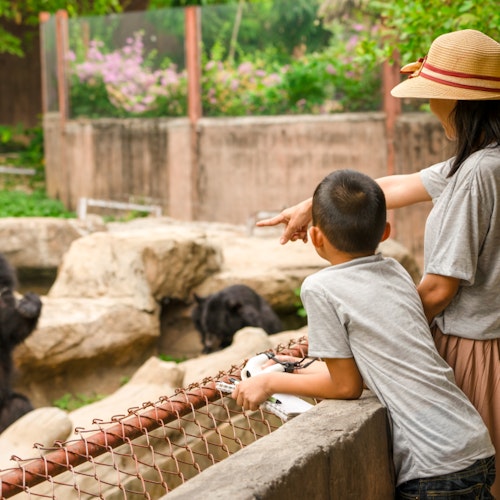
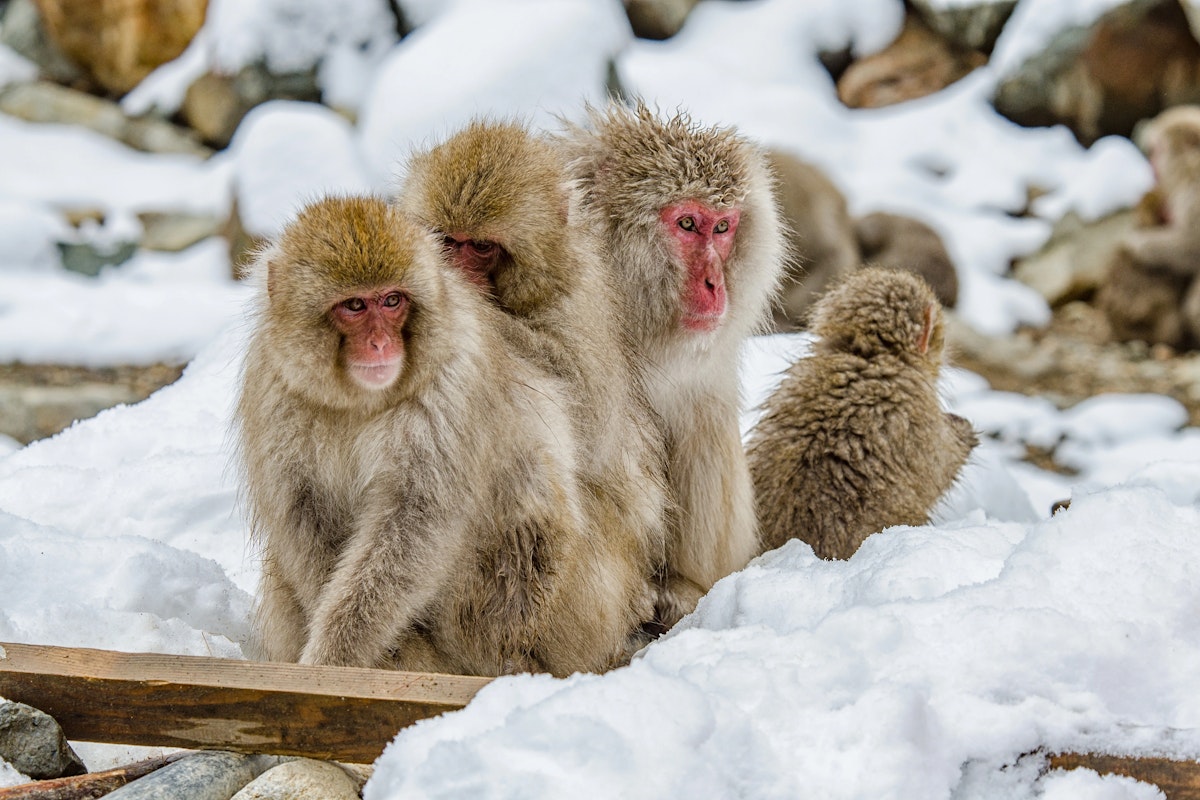
If you’ve ever dreamed of witnessing wildlife in a truly magical winter setting, Jigokudani Snow Monkey Park in Japan is an experience you won’t want to miss. Tucked deep within the mountains of Nagano Prefecture, this hidden gem is home to the world-famous Japanese macaques—better known as snow monkeys—who have developed a remarkable and endearing habit: bathing in natural hot springs.
In this guide, you’ll learn everything you need to know to plan your visit—from how to get there and the best times to go, to fascinating facts about the monkeys and tips for making the most of your trip. Whether you're a wildlife enthusiast, a nature lover, or a traveler looking for a truly unique Japanese experience, this post will help you turn your curiosity into a memorable adventure.
Nestled in the Japanese Alps, 地獄谷 野猿 公 苑 or Jigokudani Yaen Kōen, or "Hell's Valley," derives its name from the steam and boiling water that spring from the earth's crust. The park is geographically remote, creating a unique environment for the monkeys and hot spring lovers.
The name "Jigokudani" translates to Hell Valley, a reference to the steamy and volcanic landscape surrounding the natural hot springs.
Japanese macaque , commonly known as snow monkeys, inhabit the world's northernmost regions of any non-human primates.
The park is referred to as Jigokudani Monkey Park or Jigokudani Yaen Koen.
Monkeys are split into two big groups based on where they live. Snow monkeys belong to the Old World group in Africa and Asia.
Snow monkeys live in the far north more than any other type of monkey that's not human. In Japan, they stay warm with thick fur and sometimes take hot spring baths.
In Japan, monkeys are essential in stories and religion. People think they bring messages from gods and are signs of good luck. The famous "see no evil, hear no evil, speak no evil" idea comes from Japan.
Snow monkeys have special pockets on their cheeks. They use these to save extra food for later when looking for food.
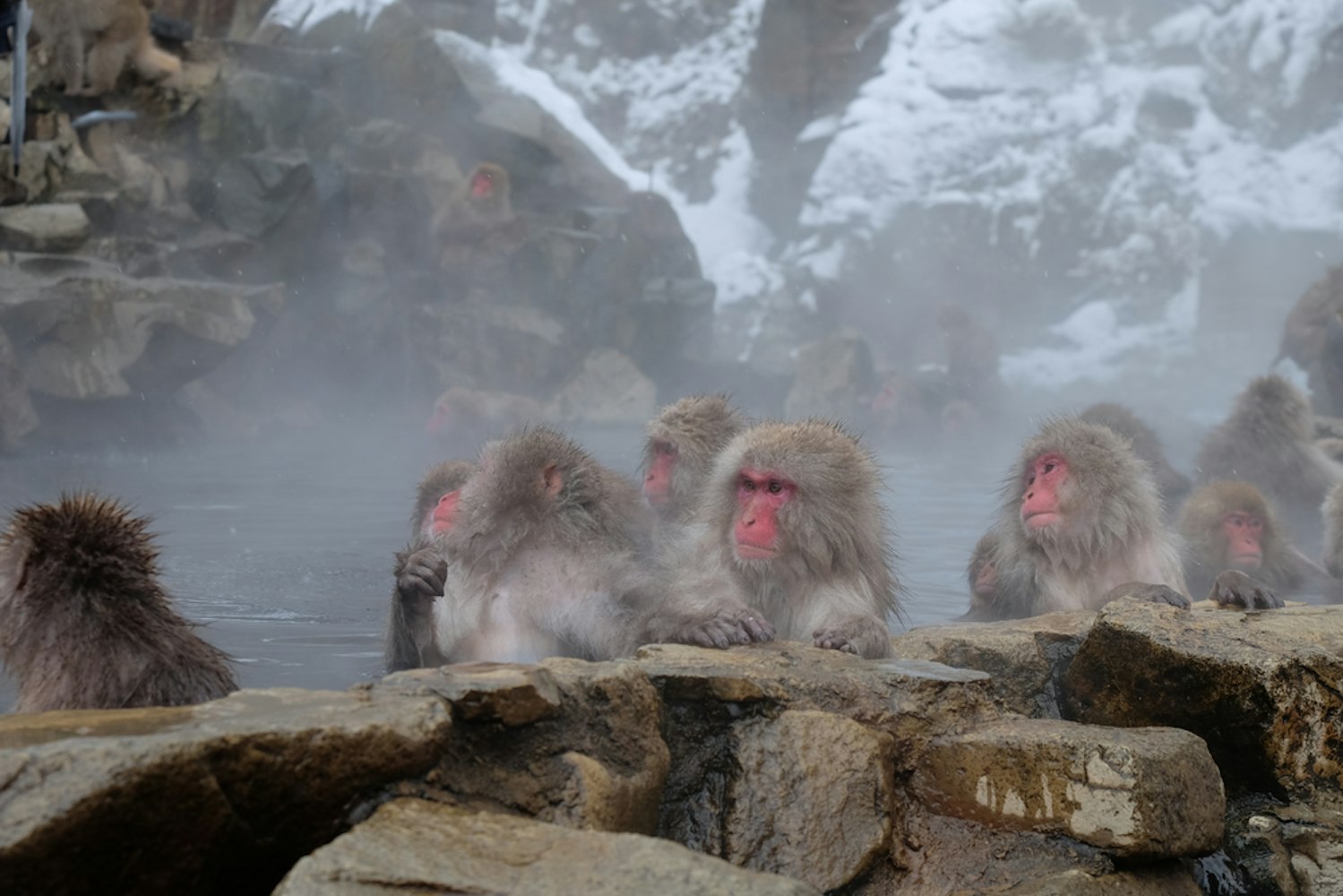
Snow monkeys, or Japanese macaques, are:
The snow monkeys, or Japanese macaques, are equipped with exceptionally thick fur to withstand harsh, cold weather. This unique feature enables them to thrive in regions where most other monkey species struggle to survive, primarily when snow covers the ground.
Known for their intricate social hierarchies and relationships, these captivating animals engage in mutual grooming and other communal activities like monkey bath, offering an enriching spectacle for those interested in animal behavior.
These monkeys are clever enough to utilize tools for various tasks, and they've also learned to soak in hot springs during cold weather, demonstrating impressive adaptability and problem-solving skills.
With a remarkably diverse diet that includes everything from fruits and leaves to small animals, snow monkeys can adapt to different environments, making the most of the resources available to them, even in places with thick snow covers.
Beyond their biological uniqueness, snow monkeys hold a special place in Japanese culture and folklore; they are believed to be messengers of the gods and symbols of good fortune, and they have a good grip on the imaginations of people who hear their stories.
These remarkable monkeys have adapted to life in the northernmost regions where monkeys can be found, showcasing an impressive ability to survive and thrive in cold environments covered in snow and ice.
Snow monkeys have been observed washing their food and even dipping it into seawater, not just for cleanliness but also to add a salty flavor, demonstrating a uniquely creative and complex understanding of their environment and showcasing an elevated level of problem-solving skills.
The strong bonds of maternal care observed within snow monkey troops are a fascinating spectacle, as mothers are seen clutching their offspring tightly, grooming them meticulously, and keeping a vigilant eye out for any potential threats, displaying intricate social interactions and a deep level of care.
One of the most fascinating aspects of snow monkeys is their learned behavior of bathing in natural hot springs during cold weather, a practice they adopted from observing humans and which now serves as both a survival tactic and a form of social interaction.
They are among the few wild animals that have adapted to a harsh winter climate by soaking in natural hot springs, offering a spectacle unlike any other.
The hot spring baths here are special because Jigokudani monkeys are the only ones who enjoy bathing in hot water. Usually, monkeys don't like water, but they love a good soak. How did this happen? They learned by watching people!
The national park was created in 1964 to protect these unique monkeys. Before they even took to the hot springs, humans were already enjoying these warm waters at a nearby guesthouse called Korakukan.
The monkeys got curious and wanted to try it, too. Korakukan has always been popular because its waters are rich in unique minerals.
The monkeys saw people enjoying themselves and decided to jump in. Now, the park is a hit all around the world.
It's most crowded in winter when the monkeys spend lots of time in the hot springs. Studies show this isn't just for fun—bathing helps pregnant monkeys relax.
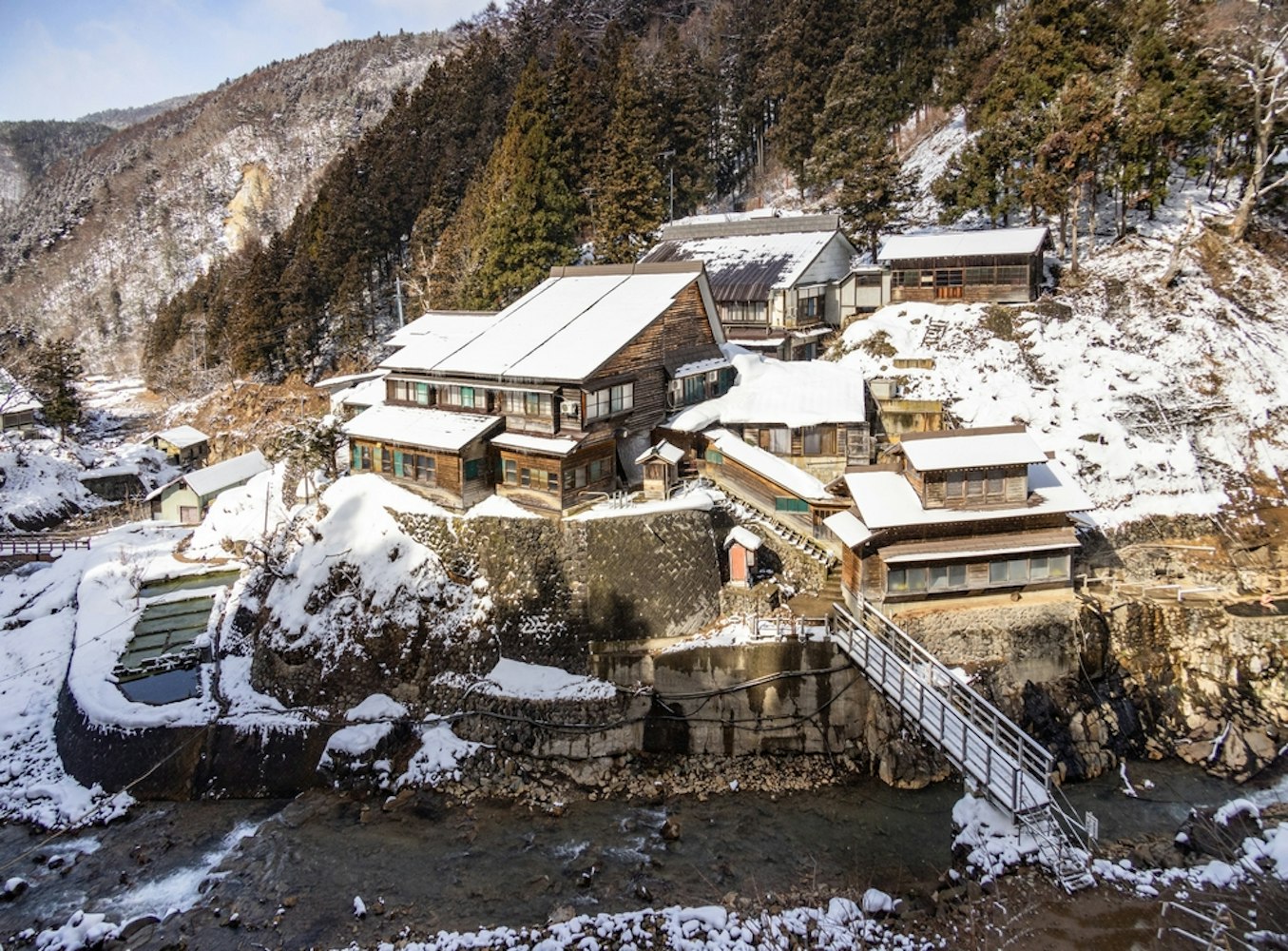
You can use your Japan Rail Pass to go to Nagano Station. From there, take an express bus at bus stop number 3.
The bus ride to Nagano Prefecture takes about 40 minutes and costs ¥1400. You can get off at Kanbayashi Onsen stop, or Snow Monkey Park stop.
From either bus stop, it's a 30 to 40-minute walk to the park entrance. Alternatively, you can take a local train from Nagano Station to Yudanaka Station.
This train isn't covered by your Japan Rail Pass. From Yudanaka Station, you can take a bus or taxi to get close to the park. Or you can drive to the park.
The parking lot charges a fee, and it's a 10 to 15-minute walk to the park entrance. In winter, the road might be closed. Some hotels nearby offer free shuttles to the parking lot.
The Yamanouchi area gets lots of snow in the winter months, especially from December to March. January and February are the best months for taking advantage of the scenic views, with monkeys bathing and snowy trees in the background.
However, you can visit during the warmer months too. Park staff feed the monkeys all year, so they're usually near the artificial bath, even as early as October.
One of the highlights of visiting the park is the scenic walk along the winding road leading to the park entrance. The trail can be slippery, making snow boots a good choice for footwear. You'll pass through lush woodlands and even encounter hot springs or 'onsens.'
Although we didn't stop at any, these hot springs could offer a relaxing break if you have some spare time. You'll also find gift shops near the entrance where you can pick up souvenirs.
The entire trail can be completed in 25–40 minutes, depending on your walking speed.
Finally, you have arrived after your long journey full of complicated timetables and forest trekking! Now you get the joy of watching the snow monkeys in their park.
The park is centered around one hot spring that most visitors group around with their cameras out. It can be hard to get in there and get a photo, so putting away the camera and just appreciating this unique moment is a good course of action.
The park is extensive and has a few areas to explore, including a visitor center that sells nice souvenirs (all monkeys, of course). There are other parts to study in the park where you can see the snow monkeys.
For example, a river runs through the middle of the park where the monkeys relax and play around, and you will see them climbing up the steep rock walls.
Always keep a safe distance from the monkeys to ensure your and the animals' safety.
Stick to the designated paths to minimize disruption to the monkeys' natural habitat and ensure your safety.
Turn your phones and cameras to silent mode to avoid startling the animals.
Please dispose of your trash responsibly using designated bins or taking it to keep the park clean.
Never feed the monkeys, as it alters their natural behavior and diet.
Avoid using flash photography because the bright light can disturb and stress the animals.
Keep your voices low and your actions calm to maintain a peaceful environment.
Stay away from baby monkeys; mothers can become aggressive if their young are threatened.
Remember, these are wild animals. Respect their space and their natural environment for a fulfilling experience.
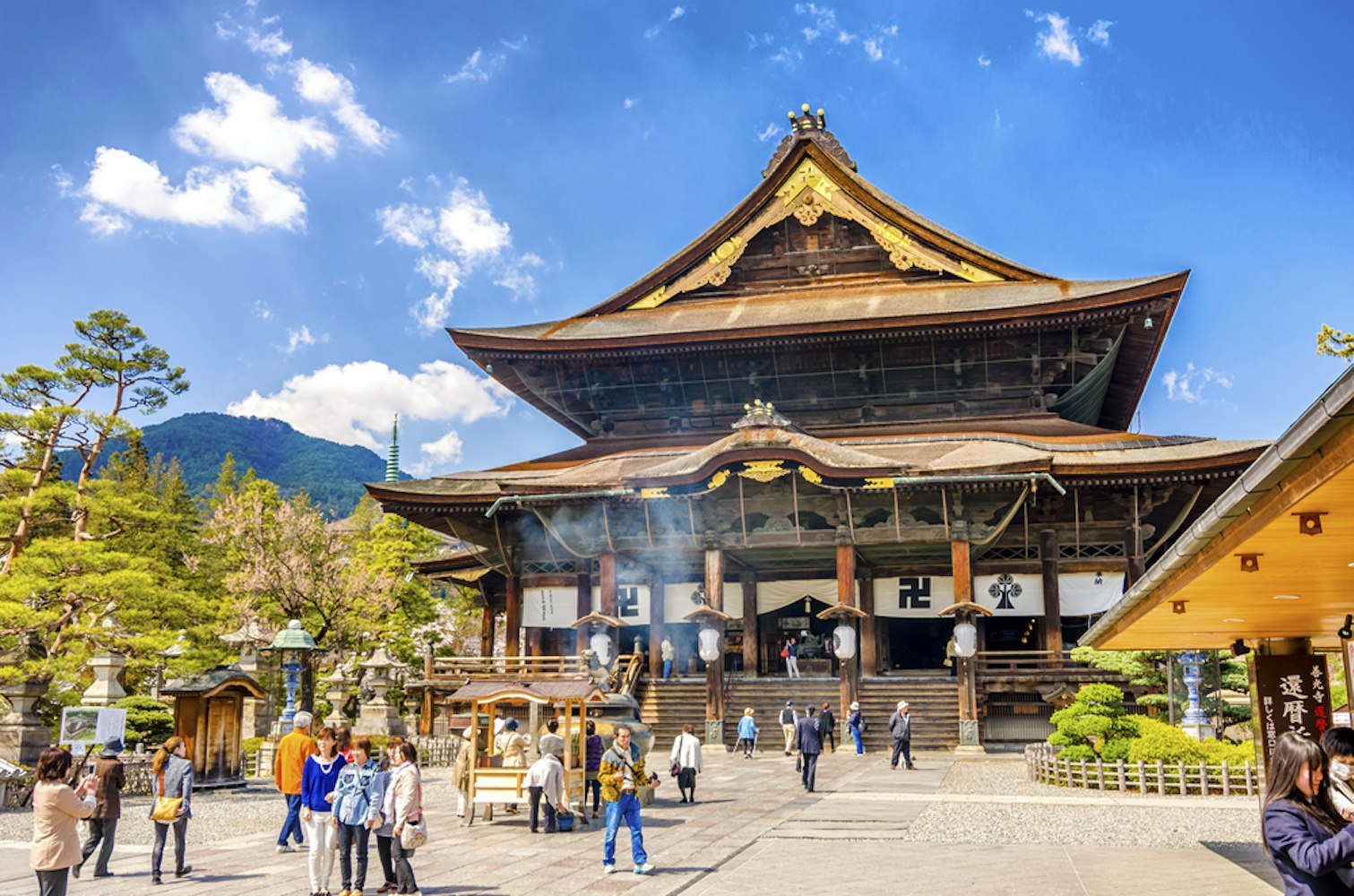
You're lucky if you're looking for more ways to enjoy your time in Nagano beyond the main attractions. This area offers everything from historic temples and tasty local food to skiing adventures and relaxing hot springs.
Steeped in history and architectural splendor, Zenko-ji Temple is a sanctuary that attracts millions of pilgrims and tourists alike. Beyond its beautiful facade, the temple offers a serene environment where visitors can light incense, pray, and even participate in a guided meditation session for a truly peaceful experience.
As the birthplace of one of Japan's most cherished dishes, Nagano provides a unique opportunity to sample soba noodle that are as authentic as they get. Prepared fresh by skilled chefs, the noodles are more than just a meal; they reflect the region's rich culinary culture and its dedication to flavor and nutrition.
Whether you're a beginner hitting the slopes for the first time or an expert looking for a challenge, Nagano's extensive range of ski resorts has something to offer everyone. Beyond the thrill of speeding down the mountainside, skiing in Nagano offers a magical winter landscape that transforms the region into a snow-covered wonderland.
Known as the "Crow Castle" due to its black exterior, Matsumoto Castle is one of Japan's premier historic castles. The castle is not just an architectural marvel to be admired from a distance; visitors can explore its museum, climb up to the observation deck for panoramic views, and even participate in seasonal festivals and events.
The abundance of natural hot springs in Nagano makes it an ideal location for indulging in a rejuvenating onsen experience. Rich in minerals, the thermal baths are thought to have healing properties and offer an oasis of tranquility where visitors can soak away their stress while enjoying beautiful scenic views.
Jigokudani's Snow Monkey Park offers an unparalleled journey into the lives of these fascinating creatures. The park's natural hot springs and unique geographical features make it more than just a day trip but a deep dive into Japan's rich natural history.
The experience is ethereal and truly a once-in-a-lifetime opportunity. If the idea of witnessing monkeys live in an almost magical setting intrigues you, it's time to start planning your trip to Jigokudani.
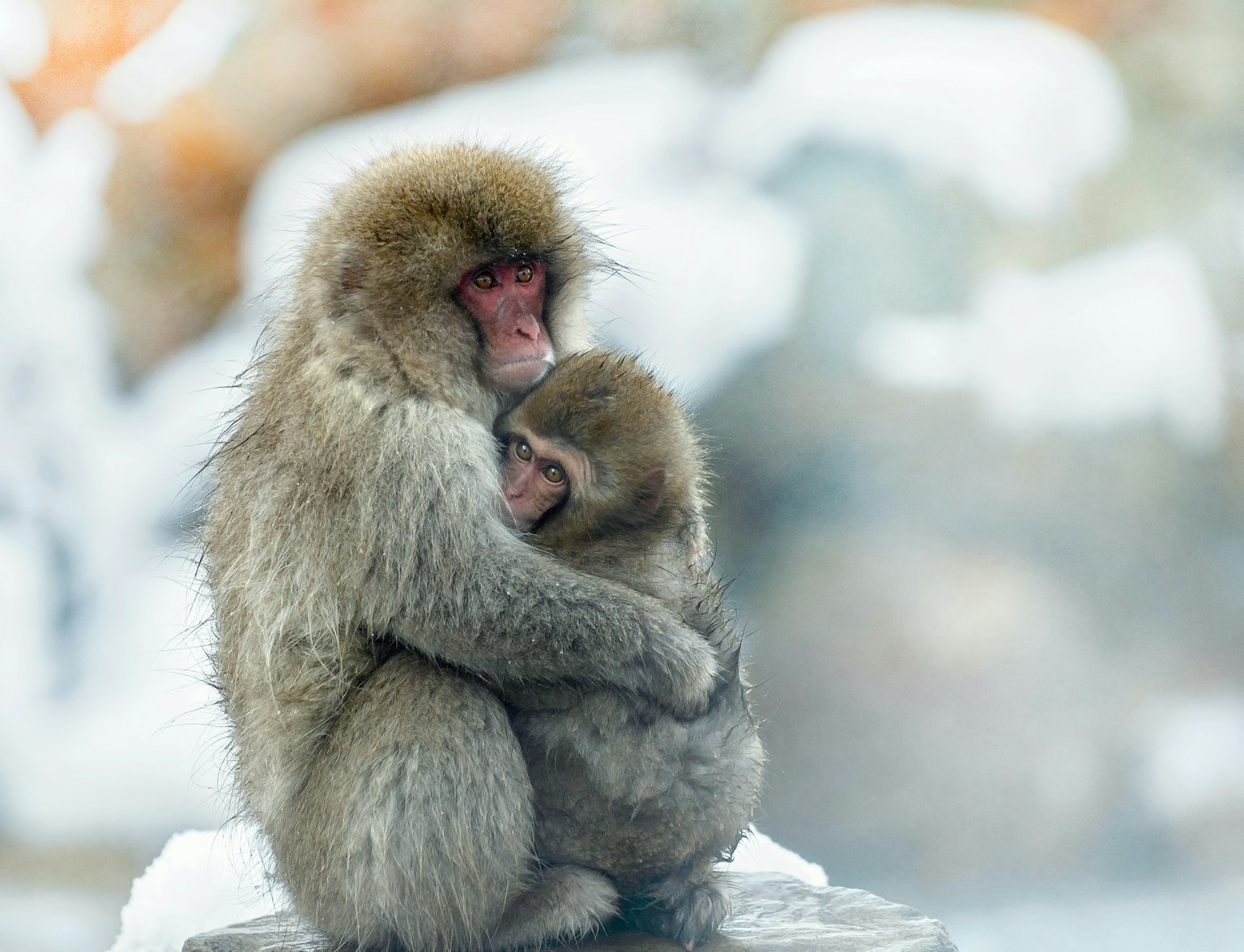
Visit Nagano's snow monkeys and other attractions.
